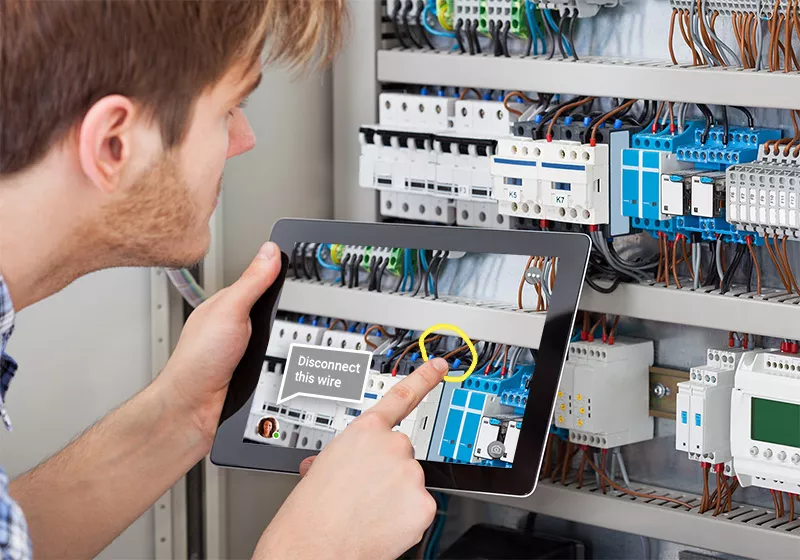Many people get confused with the definition of Augmented Reality (AR) as its frequently over used. Is Augmented Reality just one of those new hot technologies that qualifies for buzz word bingo? There is certainly no shortage of solution providers promoting themselves as delivering Augmented Reality-based offerings, when, in truth, they are not really delivering proper augmented reality. In this fast-changing world of technology, it definitely appears to be one of those catch-all terms that’s just creating more confusion.
Perhaps it would be helpful to clarify a few of the misconceptions so that there is a consistent understanding of the technology as this will enhance further applications of this next-generation capability.
By definition, AR, is a digital layer that overlays on top of a real-world physical layer. In the early days of AR, only a short several years ago, the common use case was more around gaming, such as Pokémon GO etc. Over the last few years, AR has progressed to more industrial and enterprise use case solutions. Some of the most applicable use cases with fast ROI, enhanced uptime, and improved client experience consist of line-of-sight visualization for front-line workers and remote AR support for field technicians. You can read about some of these use cases in CareAR’s recent AR Benefits & Barriers Industry Briefing whitepaper. In these solutions, annotation tools are used for drawing lines or providing line of site instructions, anchored and overlaid on top of 3D objects in the live physical world. In summary, as people leverage this technology through devices (mobile phones / tablets), they can have a 3rd party (remote) user “instruct” them on their screen and as they move around the environment, any augmented annotation is “anchored” and is locked in space wherever it was documented.
The other commonly confused AR reference is named Assisted Reality. This actually is not Augmented Reality but has a convenient and practical use especially when collaborating on a single object in relatively close proximity. In this use case, annotations are drawn on top of static images, such as a picture or a paused video stream. Most Assisted Reality solutions do not have the underlying technology to enable annotating or anchoring over live real world or in the case where they do, the result is typically one of drifting in space or a disappearance of the annotations.
Both AR’s have valuable uses, but these days marketing departments seem to be taking more liberties in how they flex or spin these industry solutions. Ultimately this creates more confusion as to where does one actually draw the line in reference to what really is Augmented Reality. The more industry leaders can standardize definition and technological application, the more we can progress this fascinating technology and enhance the human experience.
